Archives
Primitive Survival Skills: Surviving Without Tools And Supplies
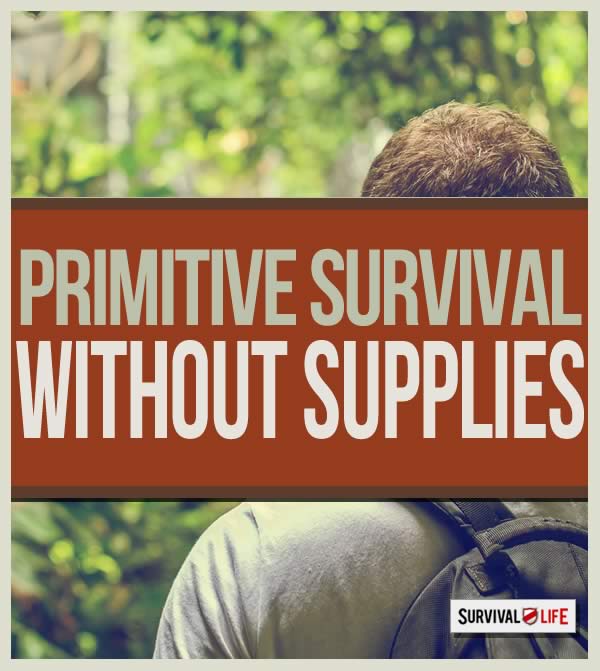
Although modern day technology has made outdoor living easier than the last few thousand years, it is still very important to have knowledge of primitive survival skills. Knowing primitive survival skills ensures survival without gear or supplies.
A vast majority of people lately have been gathering gear and supplies for various scenarios such as natural disasters, economical collapses and even possible martial law. However, although having a stockpile of gear and supplies is great, preparing to survive without gear is even better. This is because situations may occur where individuals and even entire families may not have an opportunity to gather their supplies in case of an emergency.
Primitive Survival Skills
This is where primitive survival skills come in handy. Knowing how to stay warm, create shelter against the elements, construct weapons and tools and of course gather and hunt for food without any modern gear will prove to be a useful feat that many others may not even be aware of.
Collect Rocks and Wood to make Weapons and Tools
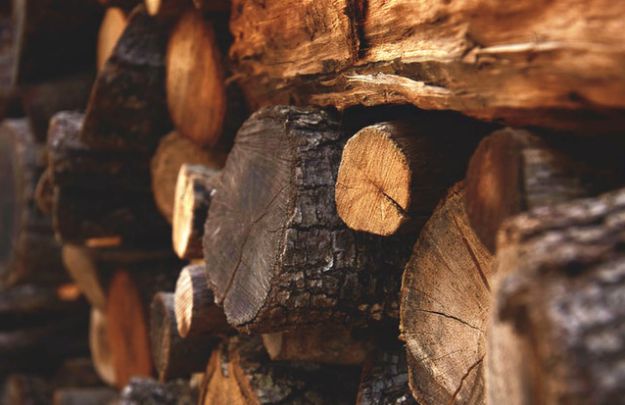
The first task that should be completed is creating tools and weapons that can be composed together from the elements that are around. This includes sharpening rocks to be used as knives and spear like weapons as well as wrapping strips of vine around both wood and blunt rock in order to create tools such as mallets or hammers for building shelter. Keep in mind that this task should be done immediately as the tools will provide for a much easier experience while completing the other tasks such as gathering food and building a fire.
Create Shelter Before Night Fall
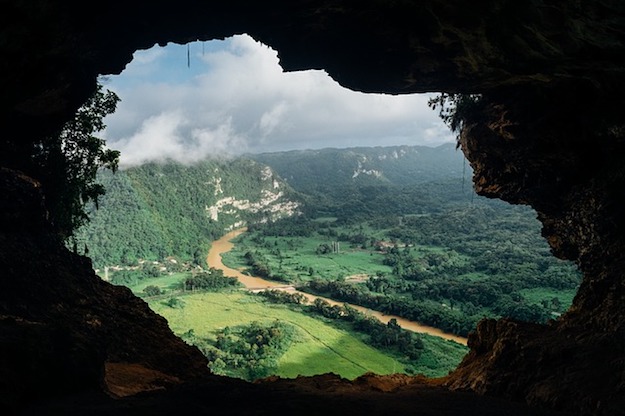
It is imperative that the construction of a shelter begins several hours before nightfall. This is because it is near impossible to work with various elements while in the dark using only moonlight and starlight for visibility. Building shelter can take some time especially if it is built to protect against wind, rain, or worse. Search for caves to begin with as to compensate for time, but be aware of animals and predators that may be already dwelling inside. If a cave is not around use the tools previously made to gather large sticks, boughs, and even leaf litter to pile on top of a constructed shelter in order to protect against downpour.
Build a Fire

A fire is crucial not only for staying warm but for cooking as well as keeping various predators away during the night. A fire should also be constructed before nightfall but will take some time if modern day fire starting tools are not available. Simply gather kindling (small sticks), dried boughs and even old man’s beard which can be found dangling from most trees in the wilderness. Using the kindling, begin creating constant friction with the sticks while keeping the old man’s beard and dried boughs nearby. As soon as smoke begins to become noticeable quickly grab either the old man’s beard or small amounts of the dried bough and place beneath the kindling and lightly blow. The air will help the friction and smoke ignite enough of a spark in order to catch the majority of the old man’s beard and dried boughs on fire. Be sure to have additional fuel for the flames such as dried bark, branches, logs, and if possible chopped wood. Here’s a quick recipe to make over the fire using only a few ingredients: civil war fire cakes.
Gather Food and Water
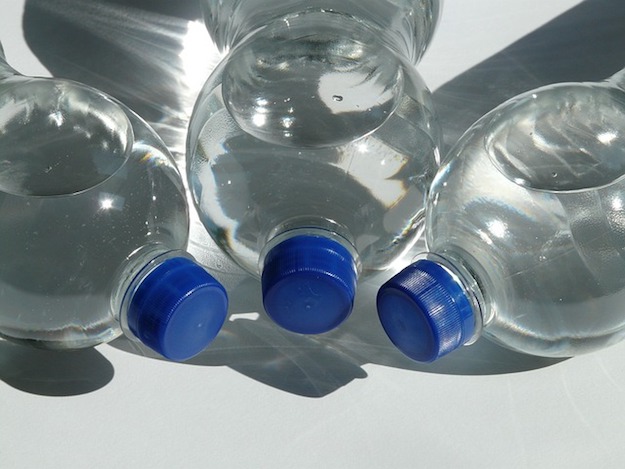
Gathering food and water may be the hardest endeavor while surviving without gear. This is because the modern day age has made this task much easier and because of this most people have become dependent upon the system. Nevertheless gathering food and water using primitive survival skills is still possible. Firstly be sure to gather and store water if possible, if this is not a possibility than be sure that a fresh water supply is nearby such as a stream or a river. Depending on what type of food is being gathered will determine which type of tools should be used. For example, simply collecting shrubs, berries, and other fruits will require a basket or some sort of carrying device. However, hunting for meat such as deer or even small game will require sharpened spears and even knives. A bow and arrow can be created but will take prior experience and a lot more time. If the primary source of food will be coming from various animals then be sure to anticipate which tools will complete the task as well as anticipate how large of a fire will be needed to cook. Keep in mind which methods of cooking will be used over the fire such as hanging the meat to be smoked or even boiling the meat with other ingredients in a stew.
Do you have any primitive survival tips of your own? Share them in the comments.
Primitive Survival Skills: Foraging for Food and Water
Disaster Preparedness: Reasons to Bug Out or Bug In
12 Survival Smartphone Apps | Preparedness
-

 Do It Yourself7 months ago
Do It Yourself7 months agoParacord Projects | 36 Cool Paracord Ideas For Your Paracord Survival Projects
-

 Do It Yourself9 months ago
Do It Yourself9 months agoHow To Make Paracord Survival Bracelets | DIY Survival Prepping
-

 Do It Yourself9 months ago
Do It Yourself9 months ago21 Home Remedies For Toothache Pain Relief
-

 Do It Yourself10 months ago
Do It Yourself10 months agoSurvival DIY: How To Melt Aluminum Cans For Casting
-

 Exports8 months ago
Exports8 months agoAre Switchblades Legal? Knife Laws By State




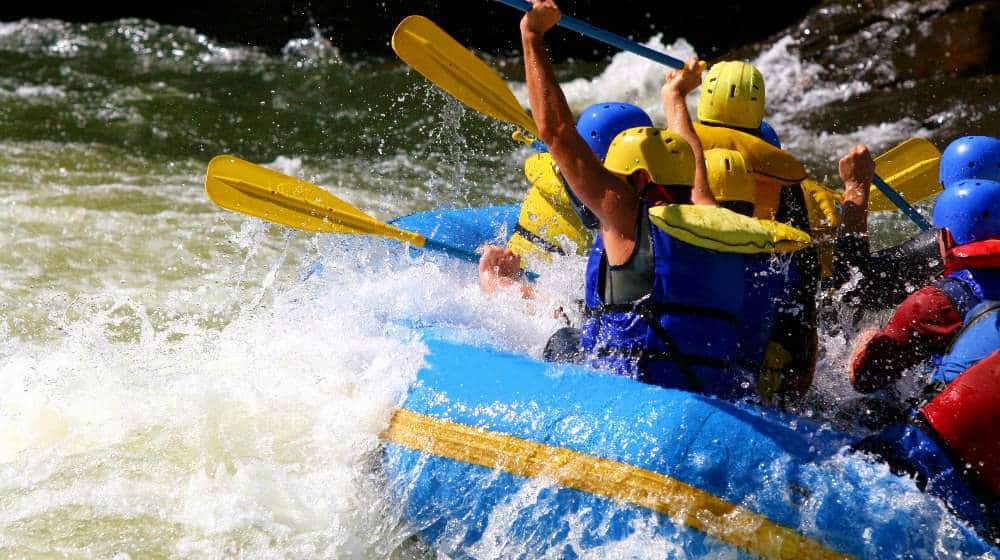




Pingback: Primitive Survival Skills: Surviving Without Supplies | Patriot Powered News
Pingback: Primitive Survival Skills: Surviving Without Supplies » Survival Gear & Food Storage
Pingback: » Primitive Survival Skills: Surviving Without Supplies Olduvai.ca
Pingback: Survival Life's Ultimate List Of Survival Hacks And Skills
Stephanie Samuels
May 23, 2017 at 6:40 AM
Why are you charging me $14.00 and some change. I haven’t ordered anything from you
Anonymous
September 2, 2017 at 10:52 PM
suck my dick and ill give you some money slut
Pingback: Primitive Skills | How To Use A Slingshot For Food
Pingback: Primitive Skills | How To Sight In A Slingshot And Score An Easy Meal | ray mcnally
Pingback: 4 Primitive Survival Skills Articles | Pookas Kreations
Pingback: Primitive Skills | How To Sight In A Slingshot And Score An Easy Meal - Survive!
Pingback: Primitive Skills | How To Sight In A Slingshot And Score An Easy Meal – Ultimate Survival Alerts
Pingback: 5 Primitive Cooking Methods | Survival Go Bag
Pingback: 5 Primitive Cooking Methods - Cooking in Quarantine